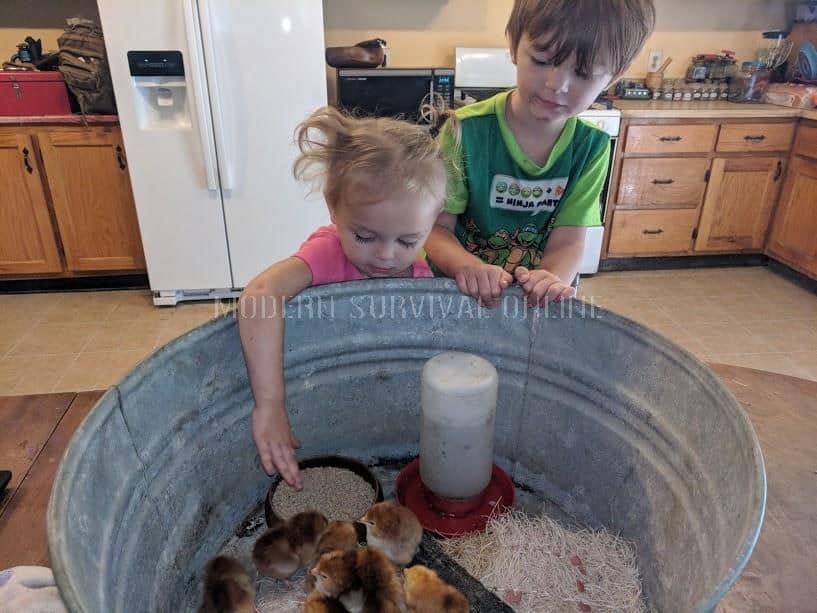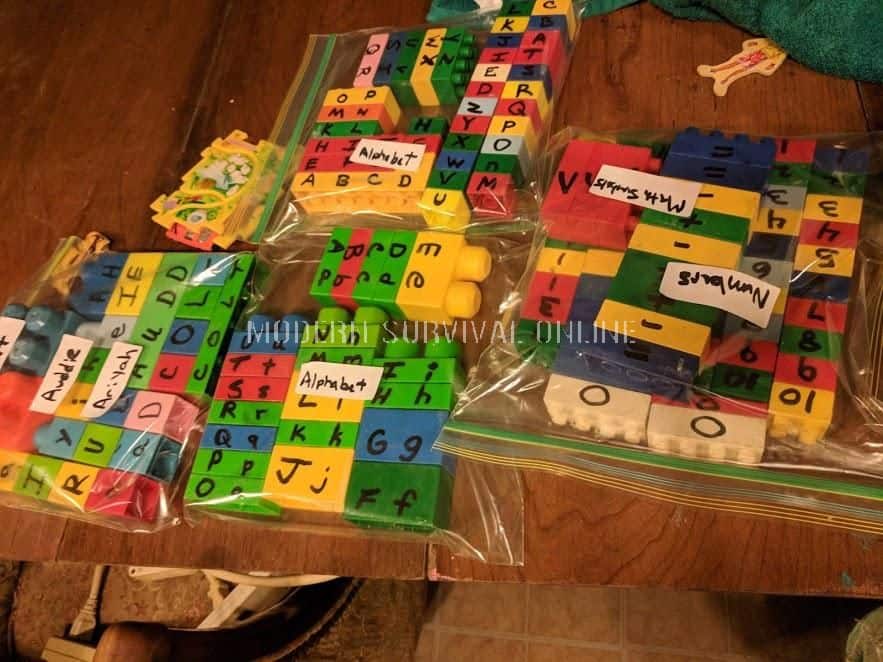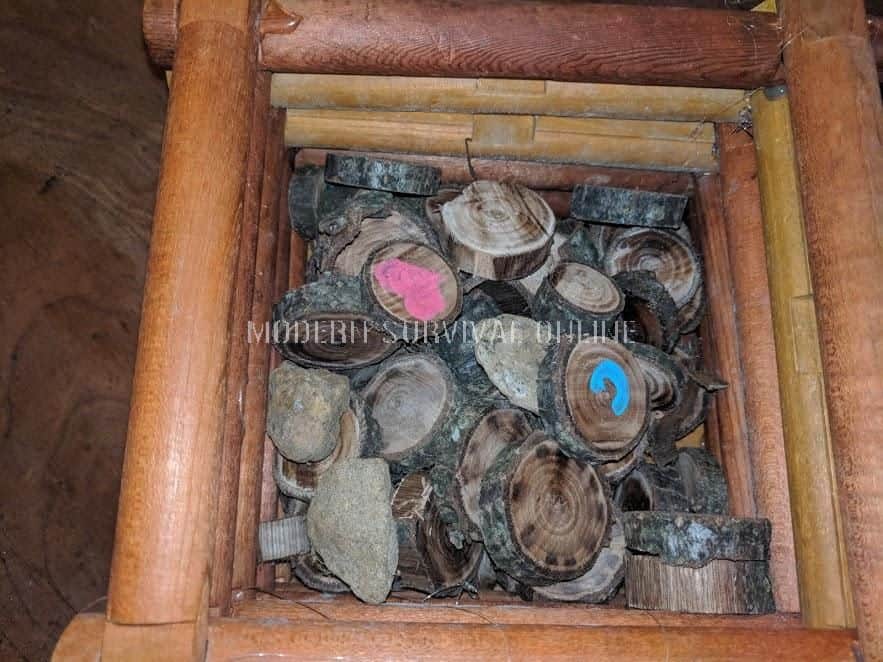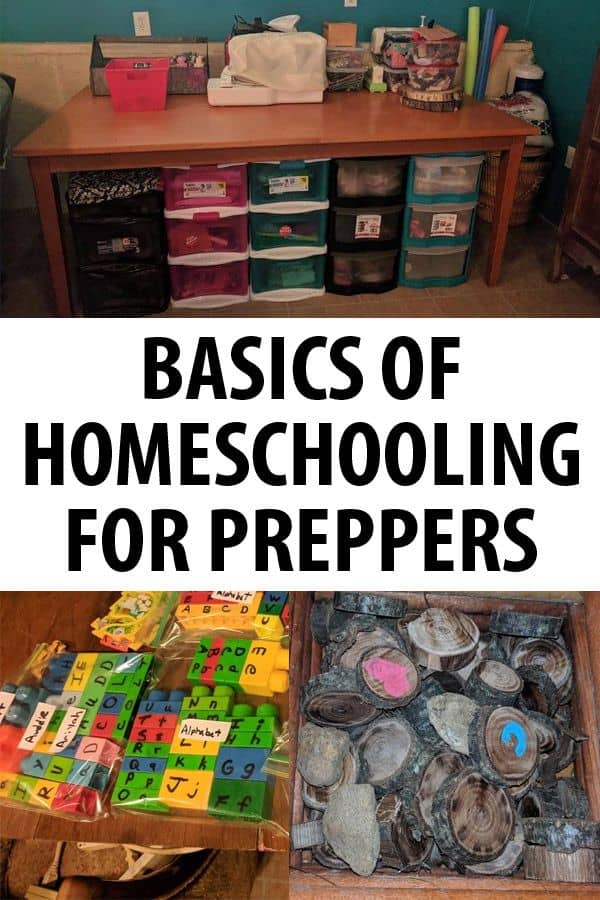The vast majority of preppers homeschool their children instead of sending them off each day to government school. In fact, there are now more American families (preppers or not) educating their children at home than any other time in the history of the republic.
Homeschooling is now legal in all 50 states, but the rules governing home education can vary somewhat widely by state. The first step in the homeschooling journey is to make sure you are following all state laws and completing the required local public school district forms and filing deadlines.
A Brief Overview of State Homeschooling Laws
• States with the most lenient homeschooling laws do not require any official notification with the local school district about a lack of intent to enroll a child when they become school age – but few states are this flexible. If a child who has been attending a public school district is removed to become educated at home, the school must be notified to prevent delinquency or potentially even child abuse, charges from being filed.
• The majority of states require notification of both an intend to not enroll or to remove a child from the government school system. Academic assessment and annual reporting policies still vary widely by state after the initial intent to homeschool is reported.
• Nearly all states have requirements regarding how many hours a child must be engaged in homeschooling activities each year. Exactly what constitutes home education hours is often left largely up to the parents, in some states.
• States with “Assessment with Exceptions” regulations are legally bound to present their child for annual academic assessments that are shared with the local school district. Some exceptions for children with disabilities are offered by some states.
• States with “Moderate Assessment” regulations still require academic achievement reviews during during the kindergarten through grade 12 years, but have varying policies about the ability to continue homeschooling if a child fails an assessment.
• States with “Stringent Assessment” regulations also require annual academic assessments but have the power to force parents to engage a specific type of curriculum and in educational intervention programs, as well.
• In many states, homeschool students can take advantage of programs that permit students in grades 7 through 12 to participate in a free dual credit K-12 and college course program (books and course fees are included in most states) either on campus or online, providing they meet the minimum academic scores that government school students are required to achieve.
• Homeschool students are permitted to participate in extracurricular activities and even take a specific number of classes at a government school, in many states.
How To Set Up A Homeschool ‘Classroom’

Prepper homeschooling parents have the awesome opportunity to infuse self-reliance skills into their child’s educational experience. Teaching children how to raise, butcher, preserve, and prepare livestock can be a math, science, history, health, and reading lesson all rolled into one.
You do not need a dedicated room to educate your children at home. Learning does not need to take place in a classroom setting, or even in a seat at a table. Homeschooling your children means you have the freedom to make learning the great adventure it should be – let nature, the barn, the garden, the garage, the kitchen, be your classroom.
That being said, a table and chairs can be handy for some types of work – even though sitting outside under a tree or curled up in a blanket by the fireplace, is also a great place to read and write in a journal. You can use a kitchen table to be the seat work area for your homeschool, or a patio table or picnic table during warm weather times of the year.
I firmly believe you can purchase, save offline, or make all the homeschooling educational resources you need cheaper than buying school clothes and filling the very detailed school supplies list handed out to parents of government school students before the beginning of each school year.
DIY Learning Resources For The Prepper Homeschool
Children can learn to read, write, and spell without using pencils and paper for ever lesson. Chalk for outside use or on a chalkboard wall area created in the homeschool “classroom”, a wipe off board, and plastic building blocks with letters (and numbers for math) written on them can be used to teach spelling and vocabulary.
Plastic (or homemade wood blocks) are excellent learning manipulatives for teaching young children how to spell their names and to learn the alphabet.

You can also use natural materials to help teach math to your students. During a nature identification hike, have the children pick up sticks and/or stones that can be used as counting aids. The children can paint them as an art project, or as part of a learning how to identify and spell colors activity.
You can also use stones as letter and shapes learning aids by drawing the letters and shapes on them. You can also make story stones or wood slices. Draw or stamp symbols on them that relate to a story you are reading with the the children. Have each child reach in a sack and pull out the stone and retell the part of the story that relates to the image on the stone or wood slice as a comprehension activity.

Using Nature As Part of The Prepper Homeschool Curriculum
Nature learning experiences can easily be taught to a multi-age group of homeschooled children by adapting what each child is engaged in during the activity that is centered around a singular or tri-fold academic concept. Designing a multi-age homeschooling curriculum is particularly helpful if you are homeschooling together with fellow preppers in your extended family or mutual assistance group.
Gardening may be one of the most valuable academic lessons you can incorporate into a prepper homeschool curriculum. The children can learn to grow seeds, transplant them, cultivate the plants, protect them from insects and predators, as well as how to harvest and preserve them.
Teach the children how to find their way in the woods, identify foraging material in each season, how to estimate distance, travel time, to read a map, and how to use what nature provides to find their way in the wilderness as part of their self-reliance focused academic studies.
Use a creek, lake, pond, or river on or near your survival homesteading retreat to teach children about native plants and wildlife, water safety skills, fishing, finding your own bait, flooding impact and safety, and hydraulic power as part of their science, language arts, and history curriculum.
Using Hunting And Firearms Training As Part of The Prepper Homeschool Curriculum
Teach the children how to handle weapons safely, how to make their own weapons, and how to shoot the weapons as part of their science, language arts, history, and even math, lessons. Older children who are mature enough could even learn how to help reload ammunition and to make a simple forge.
Using Woodworking And Construction Skills As Part of The Curriculum
Teach the children how to use both power and manual tools and how to build and repair solid, square, and level structures as part of the home education curriculum. You can (and should) also incorporate basic mechanics into the self-reliance curriculum.
All of these activities can be tailored to meet the required state academic standards for science, vocational, math, and language arts curriculum – as all of the suggested learning units above can as well.
In addition to creating your own learning unit, you can also find copious amounts of free and low cost academic units, worksheets, and lesson plans available online.
A simple Google or Pinterest search will lead you to many more great free and cheap resources that are not necessarily self-reliance and hands-on learning centered. The use of lapbooks, folder games, child-created flip notebooks, and dioramas are also highly engaging and fun ways to teach your child at home.
If you have any questions about setting up your prepper homeschool, please feel free to post them in the comments section below and I will do my best to offer help and guidance. Good luck on your home education journey and congratulations on making what will likely be one of the best parenting and prepping decisions you have ever made.


Like what you read?
Then you're gonna love my free PDF, 20 common survival items, 20 uncommon survival uses for each. That's 400 total uses for these dirt-cheap little items!
We will not spam you.